A Timeline of Important Sites and Dates of Ancient Egypt
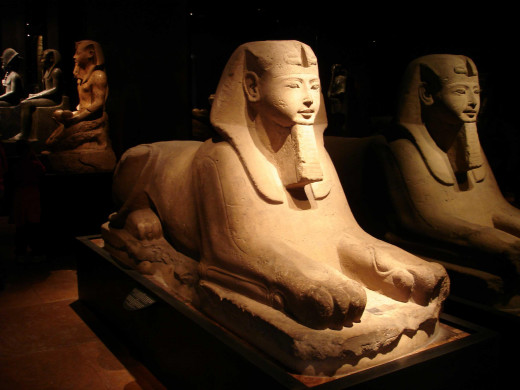
In ancient Egypt before the ancient period several distinct settlements developed with very different languages and cultures. In these early times Egypt was thought to be covered with savannas and as such supported people living across the area. This article with timeline follows the Egyptian society from its first emergence from cave loose families of cave dwellers to the vast kingdom it would become.
10,000 BC - The earliest groupings of Egyptian cultures begins as peoples change from simple hunter / gatherer families to small communities with agriculture, a wide variety of tools, animal husbandry and trade. Sometime previous to the first cultures the Egyptian climate became arid and dry, overgrazing and erosion created the Sahara and the Egyptian people concentrated along the Nile river. During this time several minor cultures emerged and subsided eventually leading to the more prolific Badari culture.
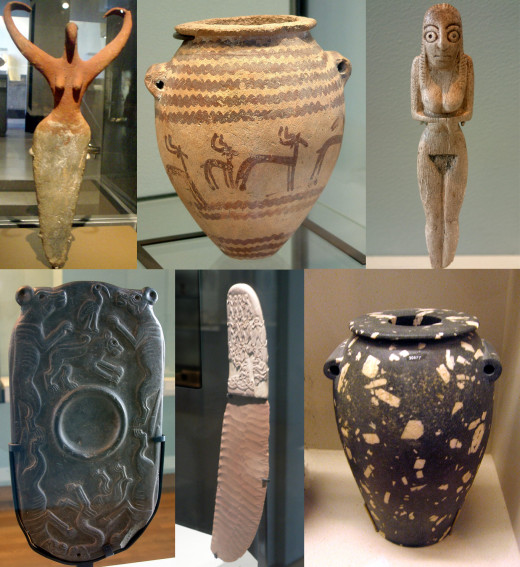
5500 BC - The Badari culture emerged and flourished in southern Egypt with dozens of settlements along the Nile river. The harvests of grain that came with good growing conditions next to the Nile allowed for surplus of food and development of artistic expression decorative pottery, bracelets, figurines, beads and they began using copper. More complex tools were created such as sickles, axes, end scrapers, concave arrowheads. The Badari also began ceremonial burials with more influential members of the community being buried in better grave sites in acknowledgement of their stature.
4000 BC - In northern Egypt the Amratian and Gerzean cultures emerged while to the south the Naqada culture became a large civilization. The Naqada developed to the point where leaders were in control of the population as a whole and they established their capital in Hierakonpolis. They began to trade with northern Egypt, the near east and the Nubians to the south. Gold appeared as a precious metal of value. The first appearance of what would become Egyptian hierglyphics began to appear. Over the next millenia the Naqada expanded it's influence northward along the Nile.
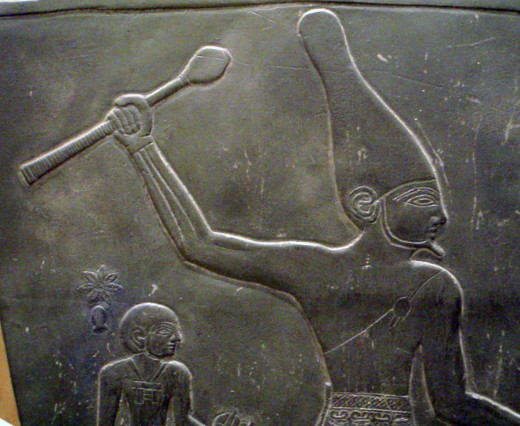
3100 BC - The first Pharaoh, Narmer, also known as Menes managed to unite the north and southern kingdoms to become sole ruler. The new capital was Memphis and from the city the Pharaoh consolidated power over the people and every aspect of Egyptian life.
2686 BC - A long succession of Pharaohs and structure brought great power to Egypt and gave way to the old kingdom of this period in which many amazing structures were built. Including the Pyramids of Giza and the Great Sphinx in the 25th and 26th century BC.
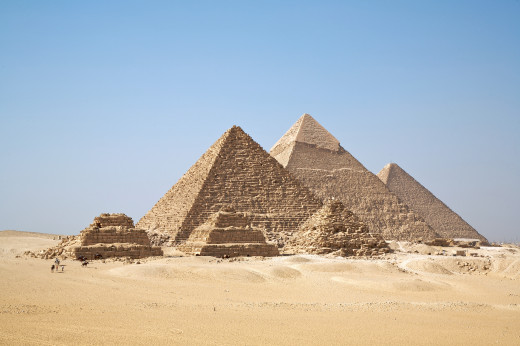
2181 BC - Leading up to this point the Pharaohs power weakened and ruling powers emerged that again ruled in the north from Thebes and in the south from Herakleopolis.
2134 BC - The beginning of the middle kingdom occurred during this period, just before and during the reign of Amanemhat I measures were taken to stabilize Egypt and re-establish the succession of Pharaohs. The Egyptian capital changed to Itjtawy.
1785 BC - Canaanite peoples settling in Egypt known as the Hyksos slowly took control of Egypt. They brought technical knowledge of the chariot and The Pharaoh and administration were trapped in Thebes. Eventually throughout the reign of Pharaohs Sequenenre Tao, Kamose and Ahmose I the Hyksos were pushed out of Egypt and the Egyptians managed to seize land from Nubia.
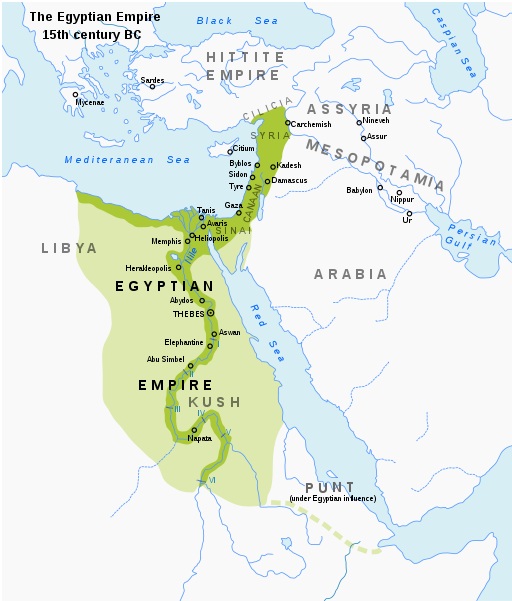
1549 BC - This period known as the new kingdom marked the biggest territorial gain for Egypt which covered what it now modern day Egypt, the Sudan and Israel.
1279 BC - Ramses II ascends to the throne. During this period Egypt fought with the Hittites, Assyrians and Canaan for control of the middle east and eventually lost Palestine.
1069 BC - During the third intermediate period Egypt was invaded by the Libyans for a time and then by the Nubians from the south who gained control of Egypt. The Assyrian empire attacked and invaded Egypt as well taking control from the Nubians who waged war on and off with them for control.
672 BC - As the Assyrian Empire weakened they left Egypt and with the help of the Greeks Egypt built a Navy and restored power to their homeland. After the Assyrian empire was destroyed by Babylonia and it's allies Egypt was overrun by the Persian empire.
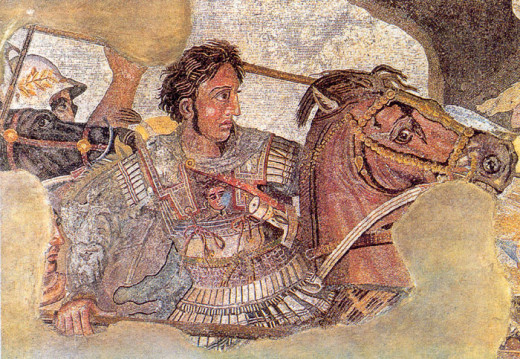
332 BC - Alexander the great took control of Egypt from the Persians and would eventually conquer all of the Persian empire. With the Greek conquest came the Ptolemaic dynasty. Unlike the Persians the Greeks respected the Egyptians and their traditions.
30 BC - With the death of Cleopatra Egypt was forced to become a province of the Roman empire. Rome was dependent upon the imported grain from Egypt to sustain it's people. Eventually when the Roman empire split in two Egypt became part of the Byzantine empire.
639 AD - At this time Egypt was overrun by Arabs that took control of the country. Overtime the true Egyptian population dwindled, they became known as Copts as the Arabs multiplied and became the dominating power in Egypt which continues to present day.








